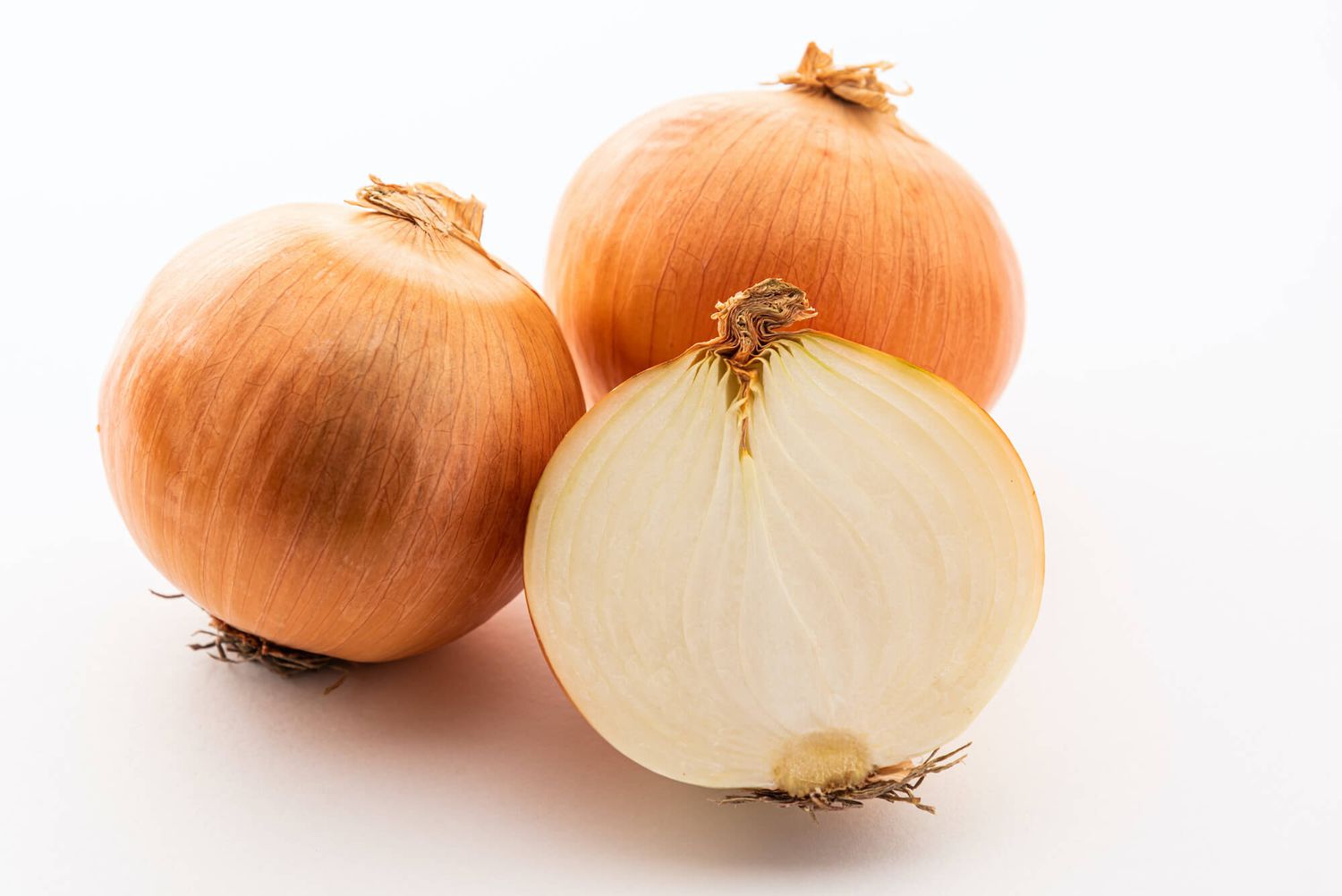

Articles
How To Store Leftover Onion
Modified: February 18, 2024
Discover helpful articles on how to properly store leftover onion to extend its freshness and ensure it stays flavorful. Find expert tips and guidelines for storing onions efficiently.
(Many of the links in this article redirect to a specific reviewed product. Your purchase of these products through affiliate links helps to generate commission for Storables.com, at no extra cost. Learn more)
Introduction
Leftover onion is a common kitchen dilemma that many of us face. After using a portion of an onion in a recipe, we are left with the question of how to store the remaining pieces for future use. Properly storing leftover onion is essential to maintain its freshness and flavor, ensuring that it can be used in future dishes without any compromise in taste. In this article, we will explore the best storage methods for leftover onion, along with tips for maximizing its freshness.
Key Takeaways:
- Don’t let leftover onion go to waste! Proper storage methods like refrigeration, freezing, dehydrating, and pickling can extend its shelf life, reduce waste, and add convenience to your cooking routine.
- Maximize the freshness of stored onion by following simple tips, such as storing uncut onions, avoiding exposure to light, and using specialized storage products. With the right techniques, you can enjoy flavorful onion in your dishes for longer.
Read more: How To Store Garlic And Onions
Why Store Leftover Onion?
Leftover onion may seem insignificant, but there are several reasons why it’s worth storing properly. Here are a few key reasons:
- Reduce waste: By storing leftover onion, you can minimize food waste in your kitchen. Instead of throwing away the unused portions, you can save them for future meals.
- Save money: Onions are a staple ingredient in many recipes, and by storing the leftovers, you can avoid buying new onions every time you need a small amount for cooking. This can help you save money in the long run.
- Convenience: Having stored onion on hand can make meal preparation more convenient. You’ll have readily available pre-chopped or sliced onion that can be quickly added to various dishes, saving you time in the kitchen.
- Preserve flavor: Onions can have a strong and distinct flavor, and improper storage can cause them to lose their taste over time. By storing leftover onion correctly, you can preserve its flavor and ensure that it adds the desired impact to your recipes.
- Versatility: Leftover onion can be used in a variety of recipes. Whether you want to add it to soups, stews, stir-fries, or omelets, having stored onion allows you to be more versatile in your cooking options.
Considering these advantages, it’s clear that storing leftover onion is a practical and beneficial practice in the kitchen. Let’s now explore the best storage methods to help you preserve the freshness and flavor of your leftover onion.
Best Storage Methods for Leftover Onion
When it comes to storing leftover onion, there are several effective methods to choose from. Each method has its advantages and is suitable for different cooking scenarios. Here are the best storage methods to help you keep your leftover onion fresh:
- Method 1: Refrigerating leftover onion: Refrigeration is one of the most common methods to store leftover onion. Wrap the onion tightly in plastic wrap or place it in an airtight container before storing it in the refrigerator. Refrigerated onion can last for up to a week, maintaining its crispness and flavor.
- Method 2: Freezing leftover onion: Freezing is another excellent option for storing leftover onion for an extended period. Chop or slice the onion and spread it out on a baking sheet lined with parchment paper. Place the baking sheet in the freezer until the onion pieces are fully frozen. Then transfer the frozen onion to a freezer-safe bag or container. Frozen onion can last for several months without losing its flavor.
- Method 3: Dehydrating leftover onion: Dehydrating leftover onion is a great way to extend its shelf life and preserve its flavor. Slice the onion thinly and spread the slices on a dehydrator tray or baking sheet. Dry the onion in a dehydrator or an oven set at a low temperature until it becomes crispy. Store the dehydrated onion in an airtight container in a cool, dry place. Dehydrated onion can last for months and can be rehydrated by soaking it in warm water before use.
- Method 4: Pickling leftover onion: Pickling is a fantastic way to store leftover onion while adding a tangy twist to its flavor. Slice the onion into rings or wedges and place them in a jar. Heat a mixture of vinegar, water, sugar, and spices, and pour it over the onion in the jar. Seal the jar tightly and refrigerate it for a few hours or overnight. Pickled onion can last for several weeks and can be used as a condiment or added to various dishes.
Each of these storage methods provides a reliable way to keep leftover onion fresh and flavorful. Now that you know the best methods, let’s delve into how to properly wrap leftover onion to maximize its shelf life and prevent odor transfer.
Method 1: Refrigerating Leftover Onion
Refrigerating leftover onion is a popular method to store it for short-term use. By keeping it in the refrigerator, you can extend the shelf life of the onion while maintaining its crispness and flavor. Follow these steps to properly refrigerate leftover onion:
- Wrap the leftover onion tightly: Before placing the onion in the refrigerator, ensure that it’s properly wrapped to prevent moisture loss and odor transfer. Wrap the onion tightly in plastic wrap, making sure there are no exposed areas.
- Use an airtight container: Alternatively, you can store the wrapped onion in an airtight container. This will provide an extra layer of protection from moisture and odor absorption.
- Label the container: To avoid confusion, consider labeling the container with the date when the onion was stored. This will help you keep track of its freshness and enable you to use the oldest onions first.
- Place in the refrigerator: Finally, find a suitable spot in your refrigerator to store the wrapped onion. It’s best to keep it in the vegetable crisper drawer or in the main part of the refrigerator where it’s cool and dry.
Refrigerated onion can retain its freshness and flavor for up to a week. However, keep in mind that once you cut into the onion, its shelf life will diminish, so it’s best to use it within a few days.
Remember, when using refrigerated leftover onion, discard any pieces that show signs of spoilage, such as mold or a foul odor. Always use your best judgment when determining the freshness and safety of stored onion.
Now that you’ve learned how to refrigerate leftover onion, let’s move on to the next storage method: freezing.
Method 2: Freezing Leftover Onion
Freezing leftover onion is a great option if you want to store it for an extended period. Freezing not only preserves the flavor of the onion but also maintains its texture. Follow these steps to properly freeze leftover onion:
- Prep the onion: Start by peeling and slicing or chopping the leftover onion according to your preference. You can choose to dice it, slice it into rings, or chop it into larger pieces.
- Spread on a baking sheet: Lay out the onion pieces in a single layer on a baking sheet lined with parchment paper. Ensuring that they are not touching each other will prevent them from sticking together during freezing.
- Flash-freeze the onion: Place the baking sheet with the onion in the freezer and let it freeze for a couple of hours or until the onion pieces are fully frozen. This initial freezing, known as flash-freezing, prevents clumping and makes it easier to portion out the onion later.
- Transfer to freezer-safe containers: Once the onion pieces are frozen, transfer them to freezer-safe bags or containers. Squeeze out any excess air from the bags before sealing to prevent freezer burn. Label the bags with the date of freezing for future reference.
- Store in the freezer: Place the sealed bags or containers in the freezer, ideally in an organized manner for easy access. It’s best to use the frozen onion within several months for optimal flavor and quality.
When you need to use the frozen onion, simply take out the desired amount from the freezer without thawing. You can directly add it to soups, stews, stir-fries, or any recipe that calls for onions. The frozen onion will thaw quickly during cooking, and the texture and flavor will be preserved.
Remember to always practice safe food handling when using frozen onion. Thawed onion should not be refrozen, so it’s best to portion out the desired amount before freezing to avoid waste.
Now that you know how to freeze leftover onion, let’s explore another storage method: dehydrating.
Store leftover onion in an airtight container in the refrigerator. If the onion is cut, place it in a resealable plastic bag before storing to prevent odors from spreading. Use within 3-5 days for best quality.
Read more: How To Store Caramelized Onions
Method 3: Dehydrating Leftover Onion
Dehydrating leftover onion is an effective way to extend its shelf life and preserve its flavor. Dehydrated onions can be easily stored and rehydrated when needed for cooking. Follow these steps to properly dehydrate leftover onion:
- Prep the onion: Start by peeling and slicing the leftover onion into thin, even slices. You can use a sharp knife or a mandoline slicer for more precise cuts.
- Spread on dehydrator trays or baking sheets: Lay out the onion slices in a single layer on dehydrator trays or baking sheets lined with parchment paper. Make sure the slices are not overlapping to ensure even drying.
- Dehydrate the onion: If using a dehydrator, follow the manufacturer’s instructions for dehydrating onions. Typically, it will take around 6 to 8 hours at a low temperature (between 125°F and 135°F) for the onion to become crispy. If using an oven, set it to the lowest temperature and prop the oven door open slightly to allow moisture to escape. It may take longer to dehydrate in the oven, approximately 8 to 10 hours.
- Check for doneness: Once the onion is dehydrated, it should be crisp and brittle to touch. If there is still any moisture, continue dehydrating for an additional hour or so.
- Cool and store: Allow the dehydrated onion to cool completely before transferring it to an airtight container, such as a glass jar or a resealable plastic bag. Store the container in a cool, dry place away from direct sunlight.
To rehydrate the onion, simply soak the desired amount in warm water for about 15 to 20 minutes until it becomes plump and tender. You can then use the rehydrated onion in soups, stews, casseroles, or any recipe that calls for fresh onion.
Dehydrated onion can be stored for several months, but it’s essential to keep it in an airtight container to prevent moisture absorption and maintain its quality. Check the onion periodically for any signs of moisture or spoilage and discard if necessary.
Now that you’ve learned how to dehydrate leftover onion, let’s explore our final storage method: pickling.
Method 4: Pickling Leftover Onion
Pickling leftover onion is a delightful way to store it while infusing it with tangy flavors. Pickled onions can be used as a condiment or added to sandwiches, salads, tacos, and more. Follow these steps to pickle leftover onion:
- Prep the onion: Start by peeling the leftover onion and slicing it into thin rings or wedges, whichever shape you prefer.
- Prepare the pickling liquid: In a saucepan, combine equal parts vinegar and water. Add sugar, salt, and spices of your choice for additional flavor. Common spices include peppercorns, mustard seeds, coriander seeds, and bay leaves.
- Heat the pickling liquid: Place the saucepan on the stove over medium heat and bring the mixture to a gentle boil. Stir occasionally to dissolve the sugar and salt. Let it simmer for a few minutes to allow the flavors to blend together.
- Transfer the onion to jars: Pack the sliced onion tightly into clean, sterilized jars. You can layer the onion rings with the spices for even distribution.
- Pour the pickling liquid: Carefully pour the hot pickling liquid into the jars, making sure to completely cover the onion. Leave a little bit of headspace at the top of the jars to allow for expansion during pickling.
- Seal and refrigerate: Place the lids on the jars and tighten them securely. Allow the jars to cool to room temperature before transferring them to the refrigerator. Let the onions pickle for at least a few hours or overnight to fully develop their flavors.
Pickled onions can be stored in the refrigerator for several weeks. The longer they pickle, the more flavor they will develop. It’s important to note that pickled onions may soften slightly over time, but their tangy taste and texture will remain enjoyable.
Once pickled, use the onions to add a zesty kick to burgers, sandwiches, tacos, or charcuterie boards. The pickling liquid can also be repurposed for dressings, marinades, or as a flavor enhancer in various recipes.
Now that you’ve learned how to pickle leftover onion, you have a delicious and versatile storage option at your fingertips. Let’s move on to the next section, where we will explore how to properly wrap leftover onion for optimal freshness.
How to Properly Wrap Leftover Onion
Properly wrapping leftover onion is crucial to maintain its freshness and prevent odor transfer. Follow these steps to ensure your leftover onion stays as fresh as possible:
- Wrap tightly: Use plastic wrap or aluminum foil to tightly wrap the leftover onion. Ensure that there are no exposed areas as exposure to air can cause the onion to dry out and lose its flavor.
- Airtight container: Another option is to place the wrapped onion in an airtight container. This additional layer of protection helps to prevent moisture loss and keeps the onion from absorbing other odors in the refrigerator.
- Label the package: To avoid confusion, label the wrapped or containerized onion with the date of storage. This will help you keep track of its freshness and use the oldest onion first.
- Keep away from strong-smelling foods: Onions have a strong aroma and can easily transfer their smell to other foods. When storing leftover onion, make sure to keep it separate from other items in the refrigerator to prevent any unwanted cross-contamination of flavors.
- Store in a cool, dry place: Whether you choose to refrigerate or store at room temperature, make sure to keep the wrapped onion in a cool, dry location. This helps to maintain its texture and flavor for longer.
Properly wrapped onion can retain its freshness for a few days in the refrigerator or for a longer period if frozen or dehydrated. It’s important to monitor the condition of the wrapped onion and discard any pieces that show signs of spoilage, such as mold or a foul odor.
By following these simple wrapping techniques, you can extend the shelf life of your leftover onion and ensure it remains as fresh as possible until you’re ready to use it in your next culinary creation.
Now that you know how to wrap leftover onion, let’s move on to the next section where we will provide tips for maximizing the freshness of stored onion.
Tips for Maximizing the Freshness of Stored Onion
To ensure the maximum freshness and quality of stored onion, consider the following tips:
- Store uncut onions: Whole, uncut onions have a longer shelf life compared to chopped or sliced onions. If possible, store onions in a cool, dry place, such as a pantry or cellar, where they can last for several weeks.
- Avoid exposure to light: Onions are sensitive to light and can spoil more quickly if exposed to it. Store them in a dark area, like a cupboard or a paper bag, to shield them from light and prolong their freshness.
- Separate different types of onions: If you have different types of onions, such as red, white, and yellow, store them separately. This prevents them from cross-contaminating and preserves their individual flavors.
- Keep away from potatoes: Potatoes emit gases that can cause onions to spoil faster. Store onions away from potatoes to prevent premature decay.
- Do not store with certain fruits and vegetables: Some fruits and vegetables, such as apples, pears, and potatoes, release ethylene gas, which can accelerate the ripening process and cause onions to deteriorate more rapidly. Keep onions away from ethylene-producing produce.
- Regularly check for spoilage: Check your stored onions periodically and remove any that show signs of molding, softening, or an unpleasant odor. Discard spoiled onions to prevent them from affecting the quality of the rest.
- Consider using onion-specific storage products: There are specialized storage products available, such as onion storage bags or containers with ventilation, designed to help maintain the freshness of onions for a longer period.
- Avoid washing onions before storage: Moisture can promote spoilage. Only wash onions right before using them, rather than before storing them.
- Properly wrap cut or leftover onion: As discussed earlier, wrap cut or leftover onion tightly in plastic wrap or store them in airtight containers to prevent them from drying out and absorbing odors.
By following these tips, you can maximize the freshness and lifespan of stored onion, ensuring that it retains its texture, flavor, and quality for as long as possible.
Now that we’ve covered some helpful tips, let’s conclude our article on storing leftover onion.
Read more: How To Store Chopped Onion
Conclusion
Storing leftover onion properly is essential to minimize waste, save money, and prolong the shelf life of this versatile ingredient. By employing the right storage methods, you can maintain the freshness, flavor, and texture of onion, ensuring that it remains usable in your future culinary endeavors.
In this article, we explored the best storage methods for leftover onion, including refrigeration, freezing, dehydrating, and pickling. Each method offers unique benefits, whether you need short-term storage or want to preserve the onion for an extended period.
In addition to the storage methods, we discussed the importance of properly wrapping leftover onion to prevent moisture loss and odor transfer. By following the recommended wrapping techniques, you can maximize the freshness and quality of stored onion.
Lastly, we provided valuable tips for maximizing the freshness of stored onion, including keeping them in ideal conditions, separating different types of onions, avoiding exposure to certain fruits and vegetables, and regularly checking for spoilage.
By implementing these storage techniques and tips, you can make the most of your leftover onion, reduce waste, and have a convenient supply of onion for your cooking needs.
So, the next time you find yourself with leftover onion, don’t let it go to waste. Utilize the storage methods and tips discussed in this article and enjoy the convenience and flavor of having stored onion readily available in your kitchen.
Remember, properly stored onion can be a game-changer in your cooking routine, adding depth and richness to a wide range of dishes. Happy cooking!
Frequently Asked Questions about How To Store Leftover Onion
Was this page helpful?
At Storables.com, we guarantee accurate and reliable information. Our content, validated by Expert Board Contributors, is crafted following stringent Editorial Policies. We're committed to providing you with well-researched, expert-backed insights for all your informational needs.
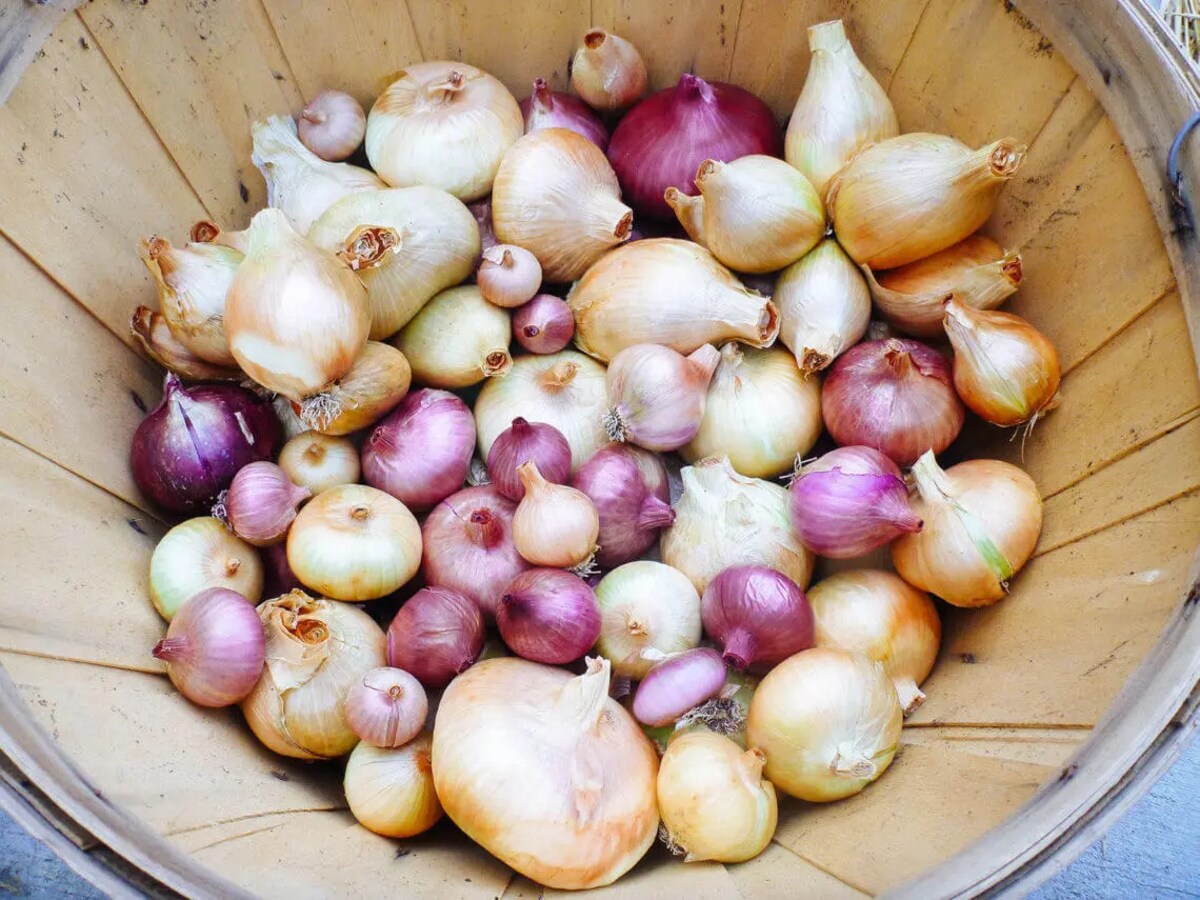
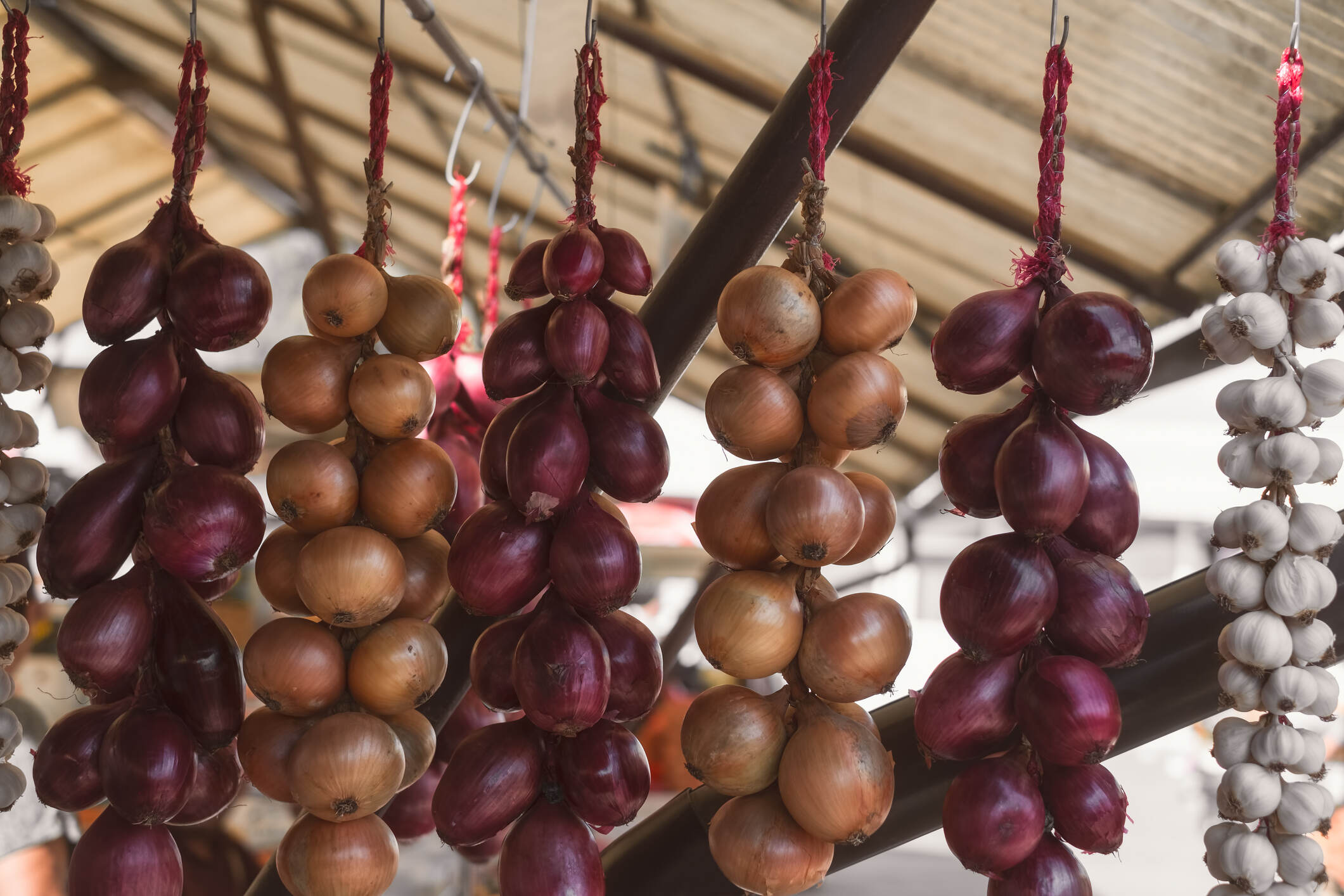
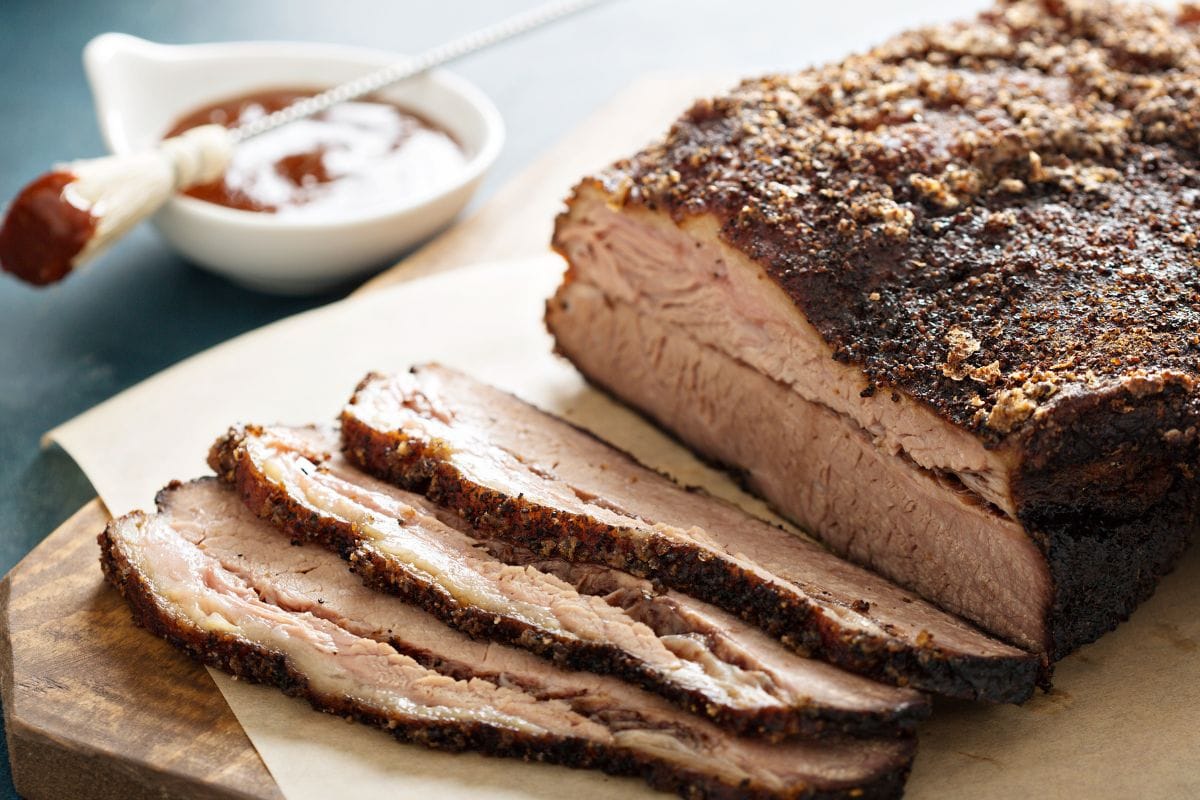

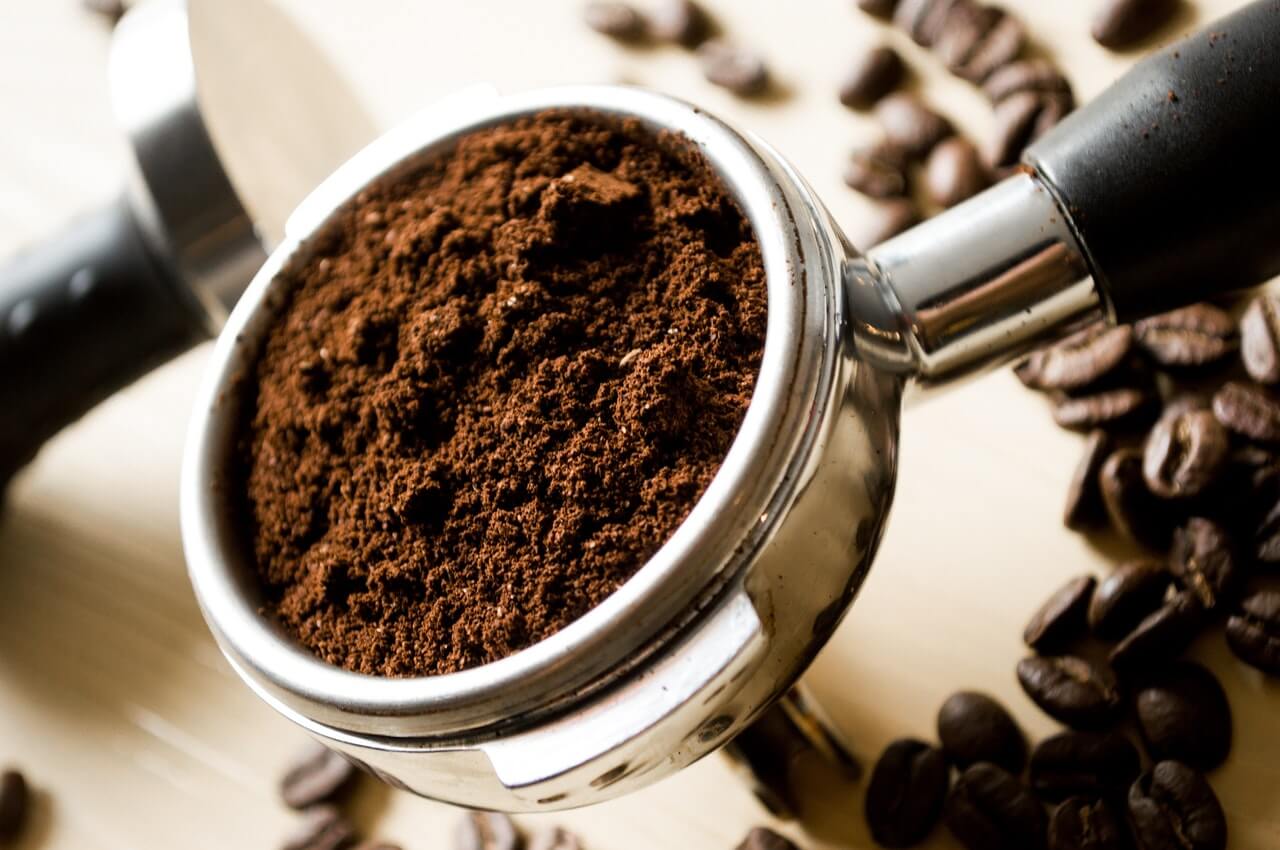

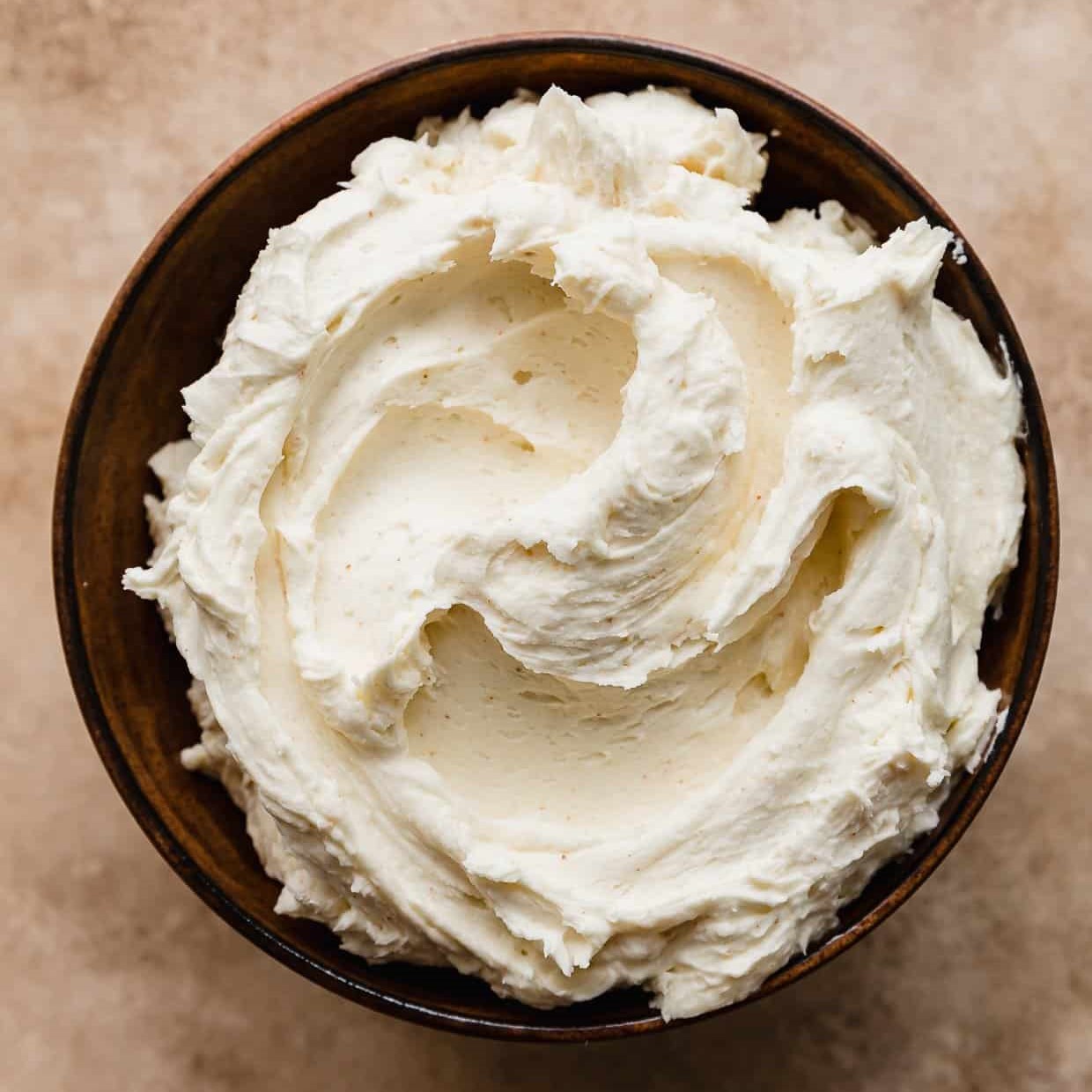

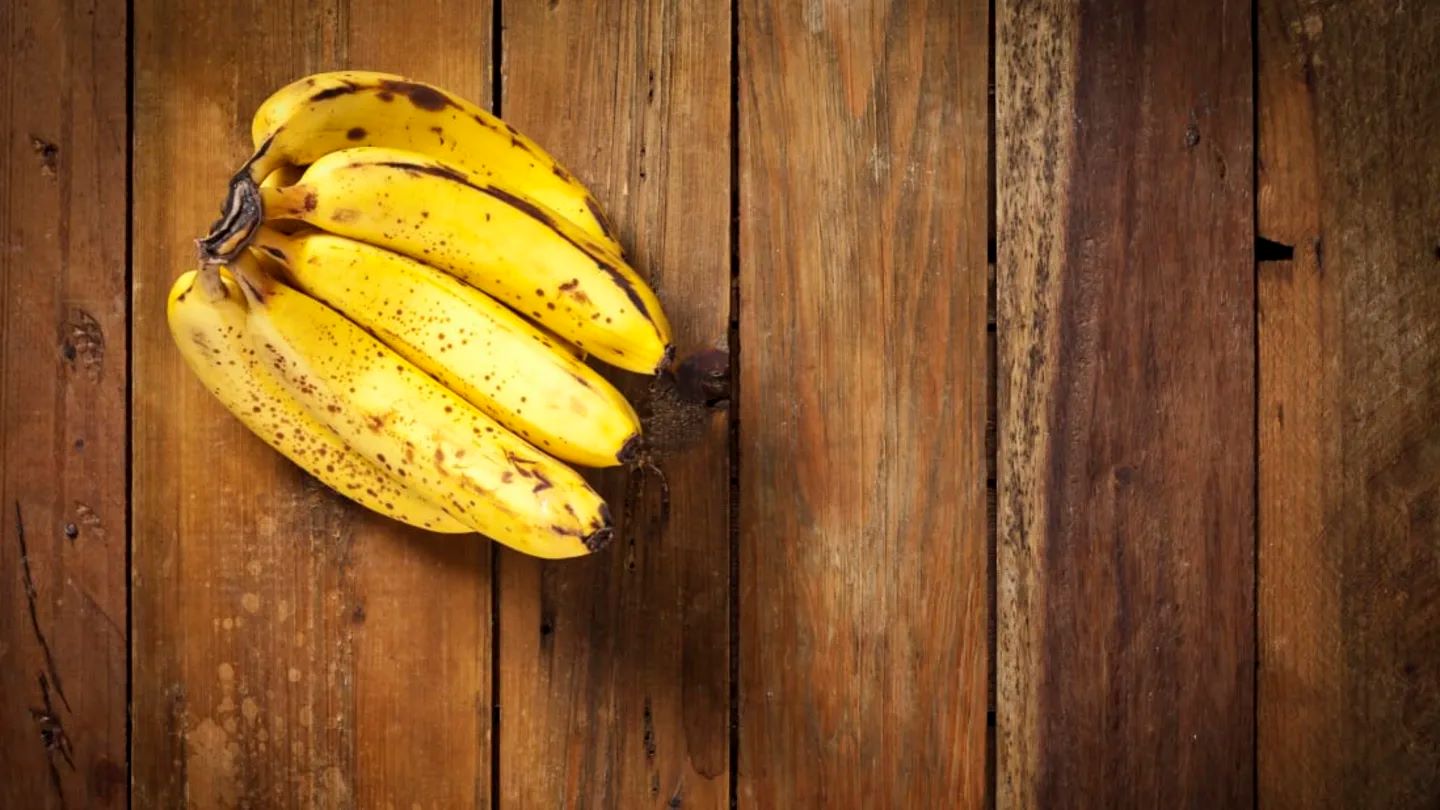
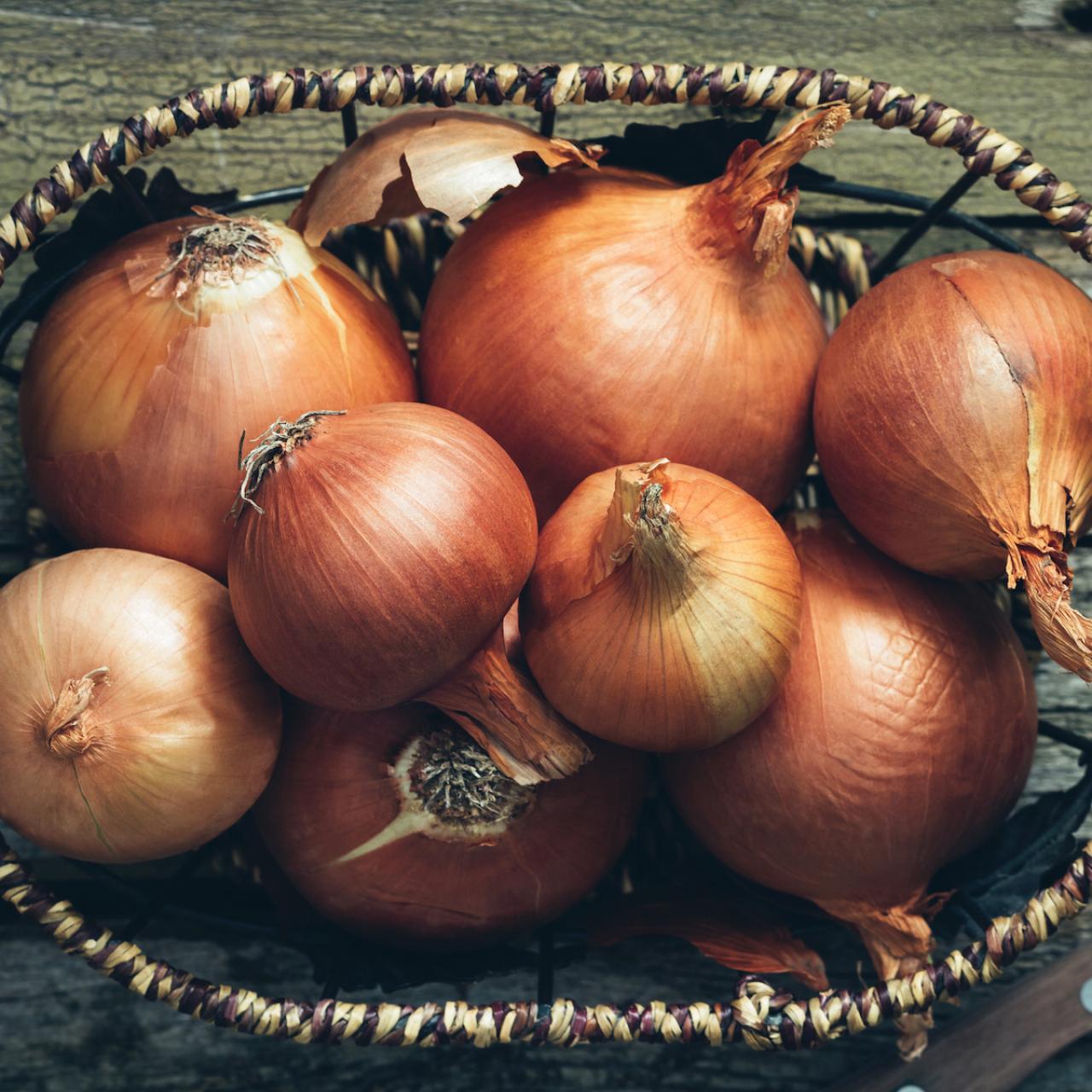
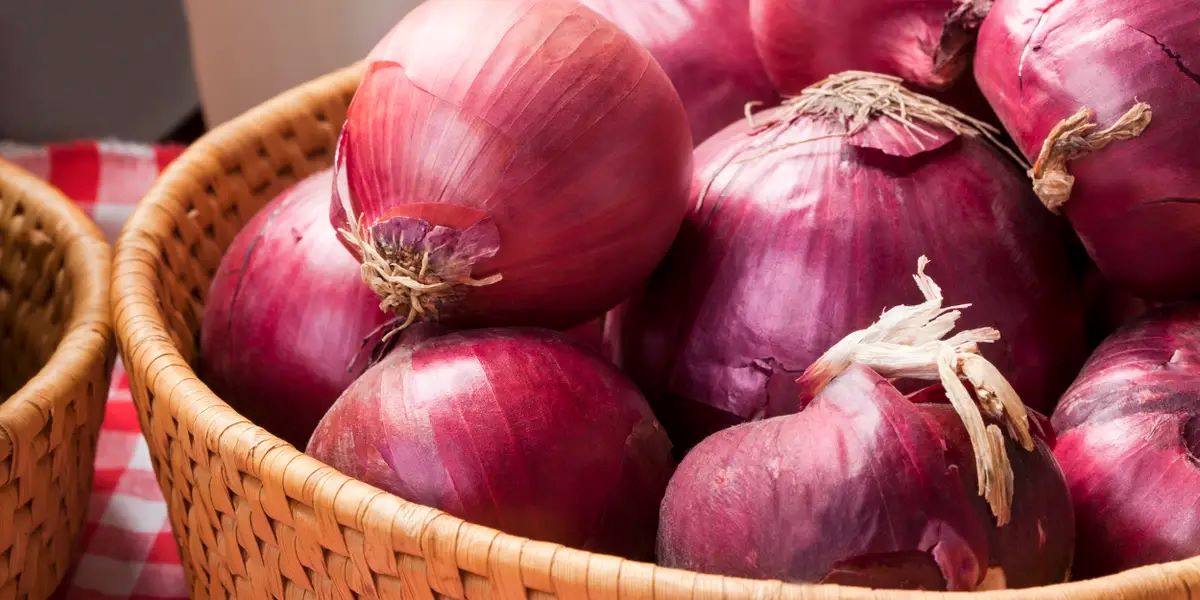
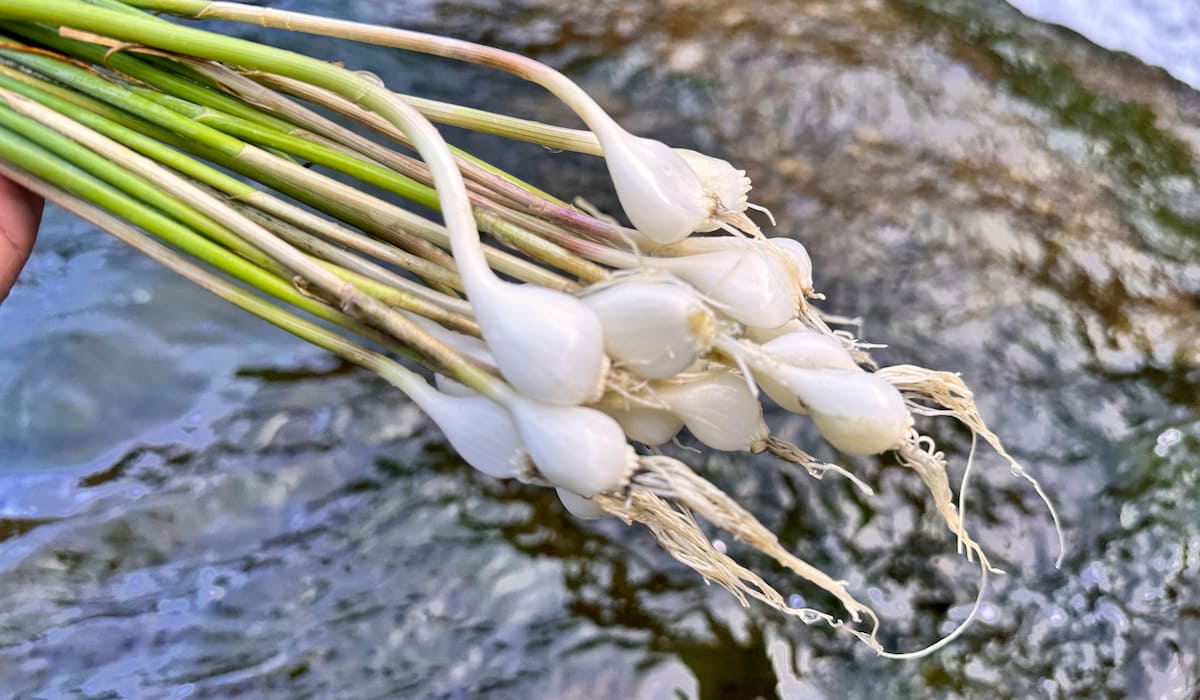


0 thoughts on “How To Store Leftover Onion”